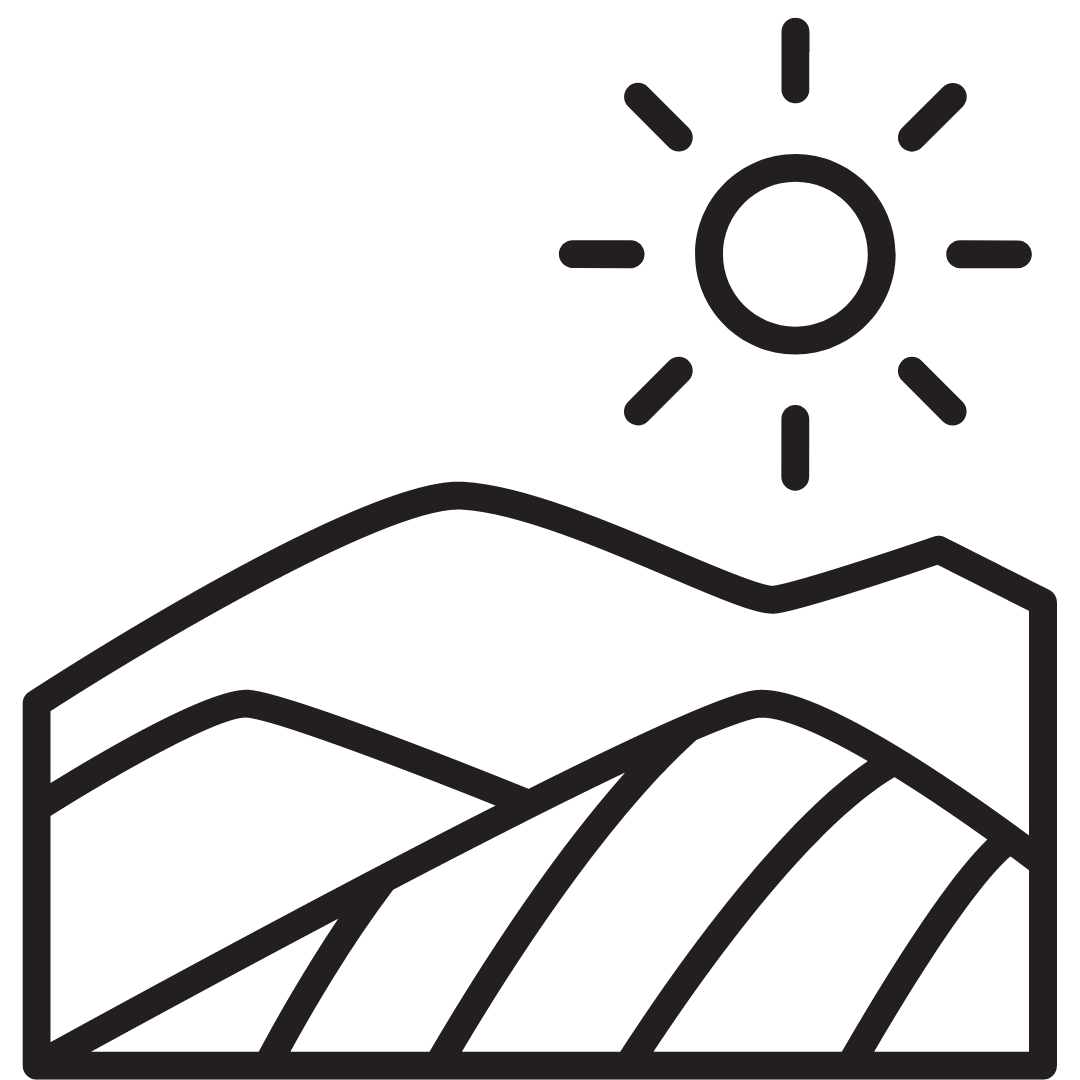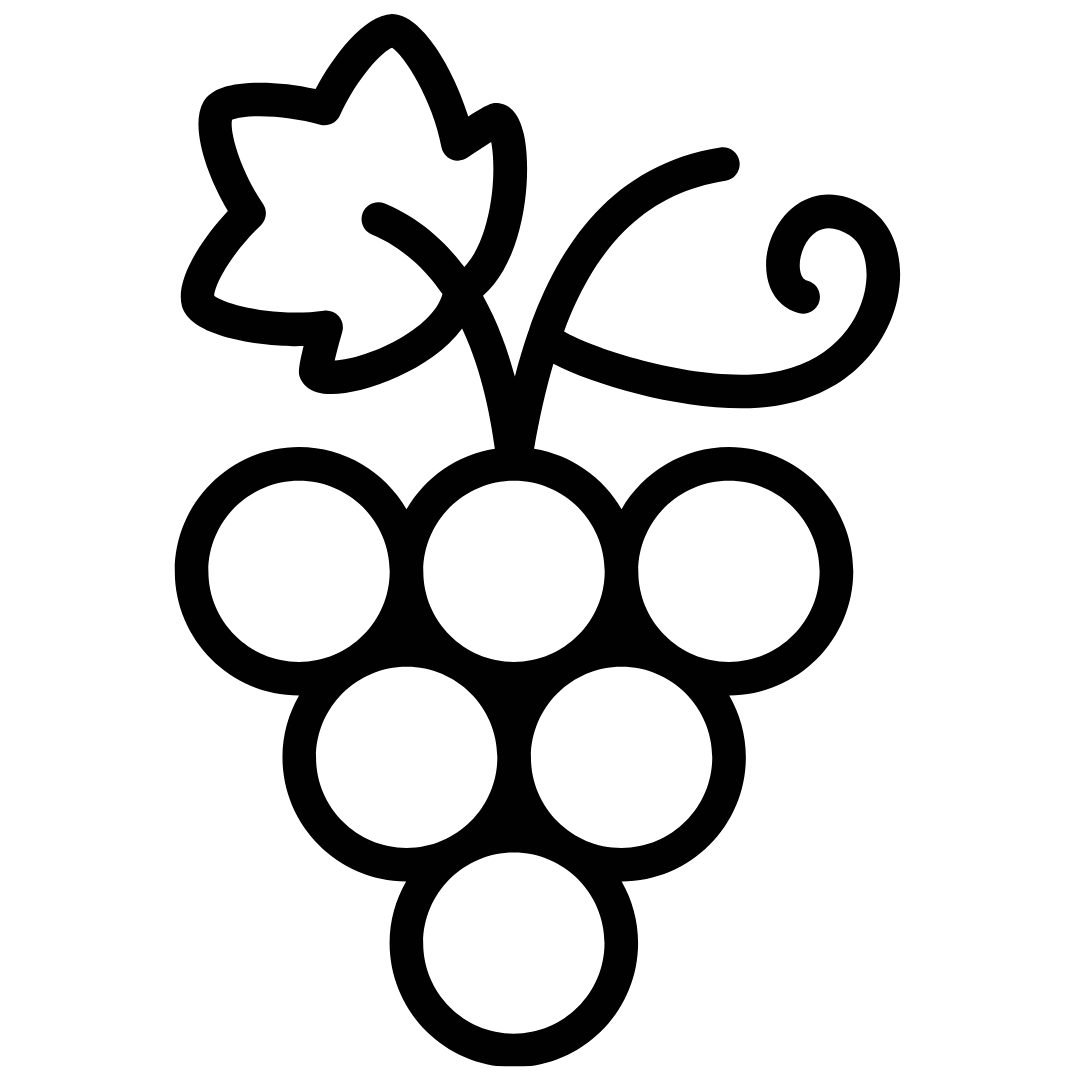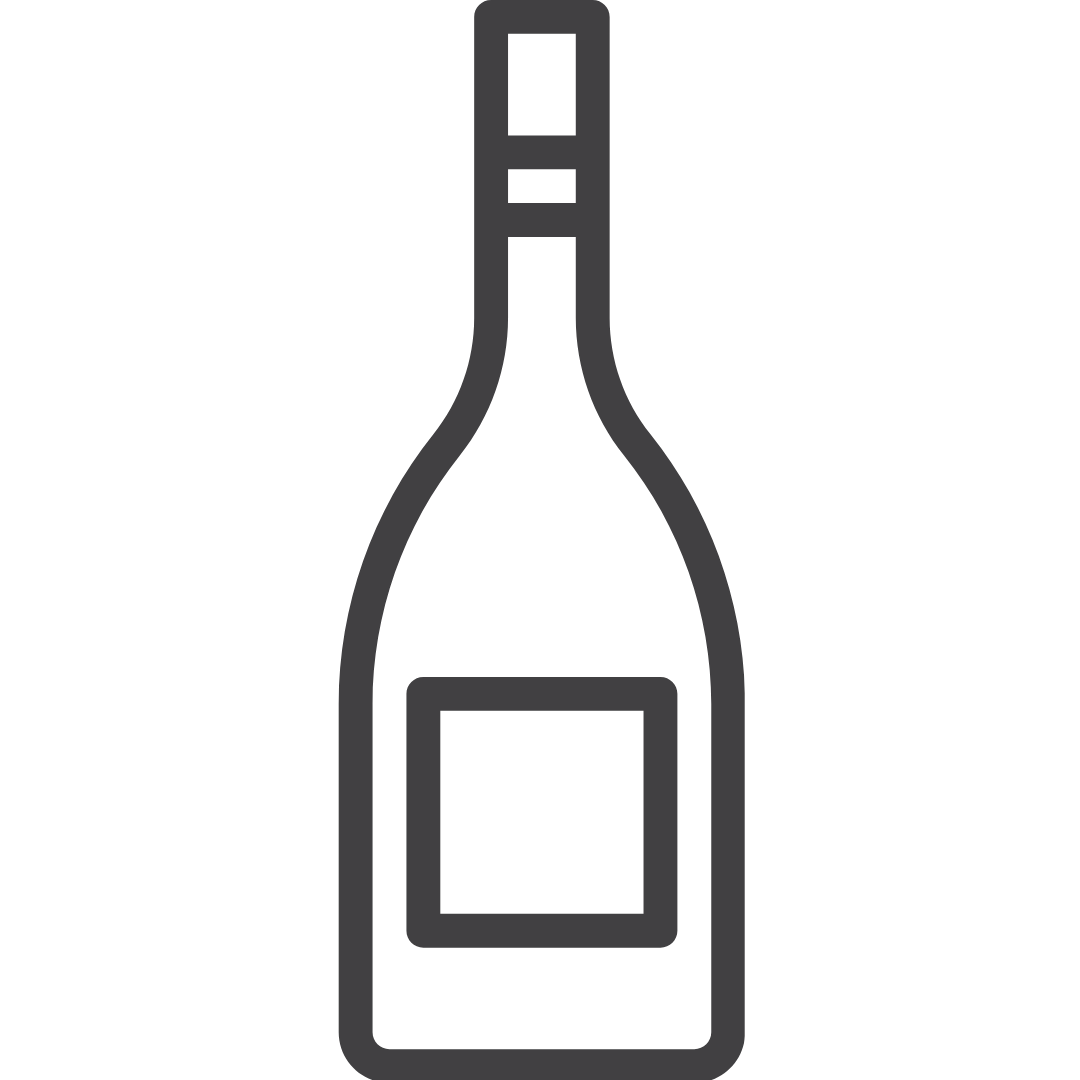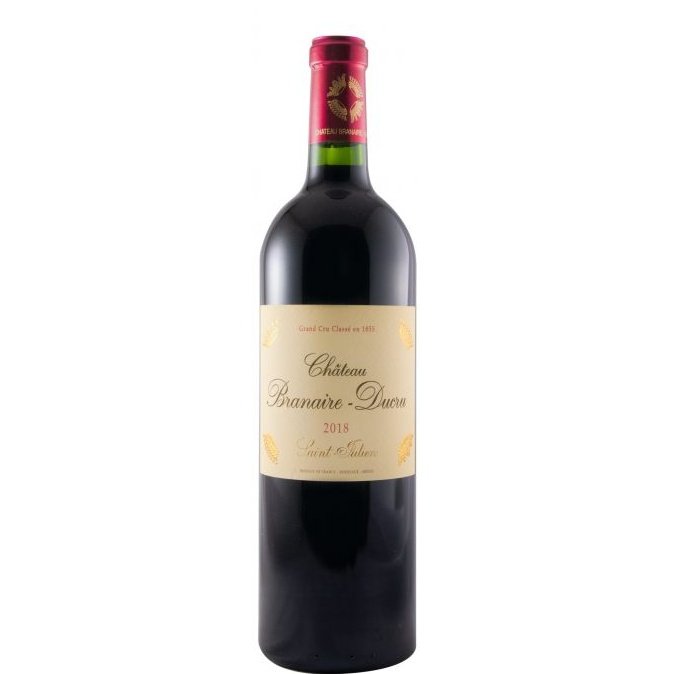Château Branaire-Ducru Saint-Julien Red 2018
Château Branaire-Ducru Saint-Julien Red 2018
Couldn't load pickup availability
The nose, which is very expressive, shows a nice complexity of ripe fruit, well
balanced by fresher notes. The intensity of the bouquet develops with aeration
and the oak is well integrated. The first impression on the palate is one of silky roundness with impressive volume, overlaying extremely fi ne tannins. The wine develops slowly and gradually on the palate, following its logical path to a voluptuous mid-palate with beautiful density: always refi ned – never overpowering. The aromatic complexity, and delicious acidity are omni-present with a lovely long-lasting fruit fi nish ensuring freshness and lift.
The house style of Branaire-Ducru is very evident in the 2018 vintage: expressive fruit, great fi nesse and balance, wonderful freshness, but always with exceptional depth, density and refi nement.
 Château Branaire-Ducru
Château Branaire-Ducru
 France
France
 Bordeaux
Bordeaux
 2018
2018
 Cabernet Sauvignon, Merlot, Petit Verdot, and Cabernet Franc
Cabernet Sauvignon, Merlot, Petit Verdot, and Cabernet Franc
 75cl
75cl
 14,50%
14,50%
 16ºC - 18ºC
16ºC - 18ºC
Share

The story
Château Branaire-Ducru is located in the heart of the Medoc, between Margaux and Pauillac in the Saint-Julien appellation area. It is surrounded by the other great Grands Crus Classes that populate this outstanding terroir.
The vines grow in a mixture of gravel and pebbles, deposited there by the River Garonne in the Quaternary Period. From the top of their hillocks, called “mounds”, they overlook the vast Gironde Estuary, locally referred to as “the river”.
The first deeds that feature in the history of the property date back to 1680, when Jean-Baptiste Braneyre, saw the extraordinary potential of this stony terroir and bought a precious piece of the Beychevelle estate.
His descendants, the Du Luc family, built the Château in 1824. With its neo-classical style, it has the appeal inherent in Palladian residences. The estate was then inherited by a relative, Gustave Ducru and remained in the family until 1919.
The official classification of Medoc Grands Crus Classés was established during the 1855 Paris World Fair by request of the Emperor Napoleon III. Branaire-Ducru was one of the 61 wines in the classification.
Having recognised the unrealised potential of this viticultural sleeping beauty, Patrick Maroteaux and his family bought Château Branaire-Ducru in 1988. They decided to write a new chapter in the history of this fourth grand cru classé of 1855 and embarked on massive refurbishment and work involving all the components that contribute to the production of great wine: the vines, the vathouse and cellars, as well as the Château itself, which is the most visible representation of an estate.
Patrick Maroteaux also became an ambassador of Bordeaux and Branaire-Ducru, presiding over the Union des Grands Crus de Bordeaux from 2000 to 2008, and the Saint-Julien appellation from 2004 to 2017.
François-Xavier Maroteaux took over the management of the estate in 2017. The history continues…
Terroir
The vineyard is made up of around fifteen different micro-terroirs and covers 60 hectares that lie from East to West across the Southern part of the appellation area.
The average age of the vines is 35 years. They grow in quaternary silicious and gravel alluvium, which makes this terroir one of the warmest in the region. As a result, Cabernet Sauvignon grapes achieve perfect phenolic ripeness here, while the Merlot flourishes on beds of clay.
The vat house
After three years of major works, the new suspended vat house at Branaire-Ducru has nearly doubled its number of fermentation vats, increasing from 38 to 75 vats. This new vat house allows for even more meticulous attention at each stage of the winemaking process.
With its 65 suspended vats, it is the first suspended vat house in the Médoc to feature such a high number of vats.
Checks and adjustments are automatic, but overseen by people. The fruit from each parcel is processed in tanks of different sizes, and the different varieties are also kept separate, so that each batch is allowed to express its characteristics fully in its own time. This essential steeping process can last up to three weeks.
Ageing
The wine is aged in oak barrels where it matures for at least eighteen months. The barrels are made from timber selected in the best French forests. 60% of them are renewed every year. The harvest is fully bottled at the Château.









